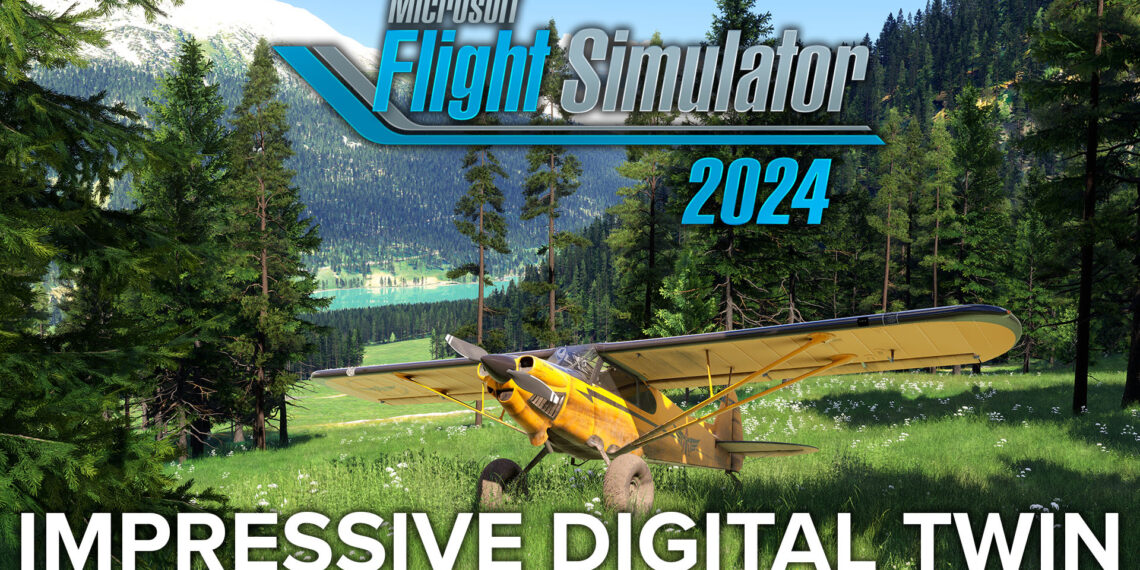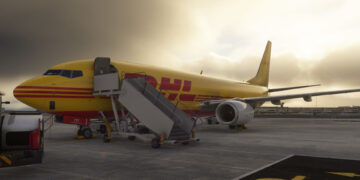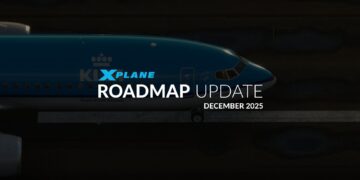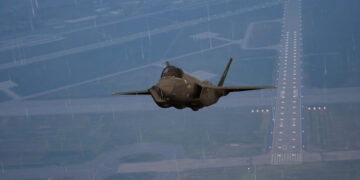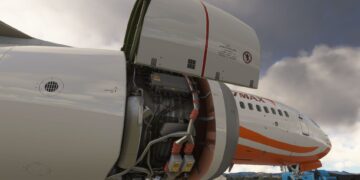Microsoft Flight Simulator 2024 releases tomorrow, November 19, but it isn’t just a flight simulator, it also includes the second generation of Microsoft’s own full-fledged Digital Twin of our planet.
When the original Microsoft Flight Simulator launched in 2020, it included a rendition of Earth that was absolutely impressive for the time. We had seen nothing like that before in gaming and simulation, and I dare say it’s still very impressive today.
Yet, Microsoft Flight Simulator 2024 has evolved that Digital Twin so much that it’s definitely not improper to call it the next generation.
That being said, not all that evolution happened all at once. Between 2000 and 2024, Microsoft released 18 World Updates focusing on different regions on top of 9 City Updates.
This makes the simulator one of the games that received the most free content updates in the history of gaming, and it gradually evolved the digital twin with new photogrammetry, new digital elevation maps, new hand-crafted points of interest, and new aerial orthoimagery.
While this gradual improvement was very relevant, Microsoft Flight Simulator 2024 goes much further in several directions.
Not only do we get a further update pass to the elements mentioned above, but Microsoft also introduced the use of TIN (Triangulated irregular network) photogrammetry to natural areas. For now, this is limited to certain places like the Grand Canyon, but it certainly shows potential for future application.
Above you can take a look at the Grand Canyon in the new simulator, alongside a little Easter Egg that’s quite perfect for digital tourists who enjoy exploring.
I also included below a picture comparison between Microsoft Flight Simulator 2024, Microsoft Flight Simulator 2020, and the real world. You can certainly see just how far technology has progressed.
Incidentally, the lighting conditions are much different. Unfortunately, when I took the picture in the real world, we had smoke from a fire all the way from California affecting the atmosphere.
Do keep in mind that all the original videos and images of Microsoft Flight Simulator 2024 included in this article were recorded at the pre-release event in Tusayan, Arizona, in September. Like all press, we did not receive a pre-release copy as Microsoft wants everyone to enjoy the simulator at the same time with the day one patch.
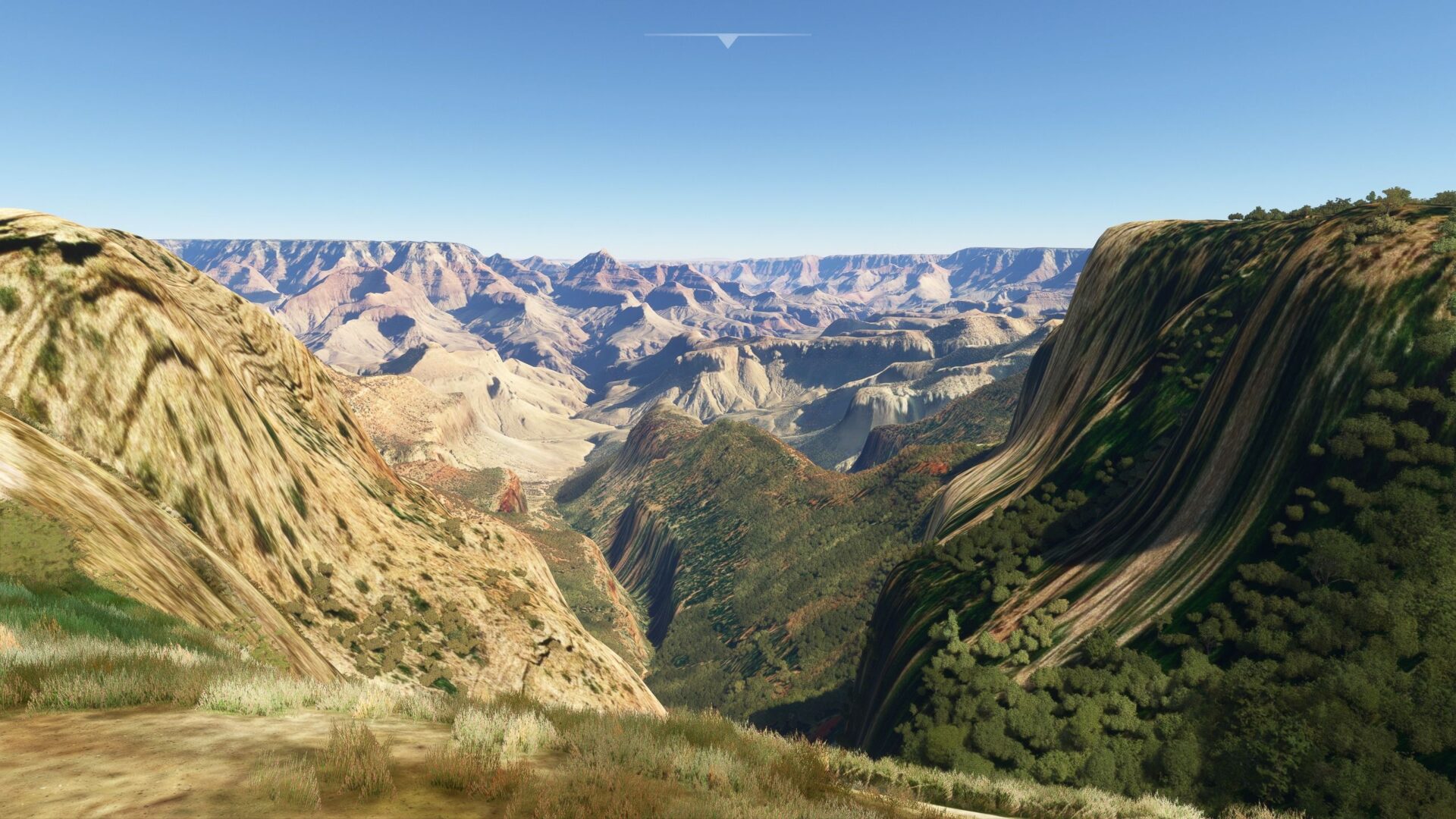
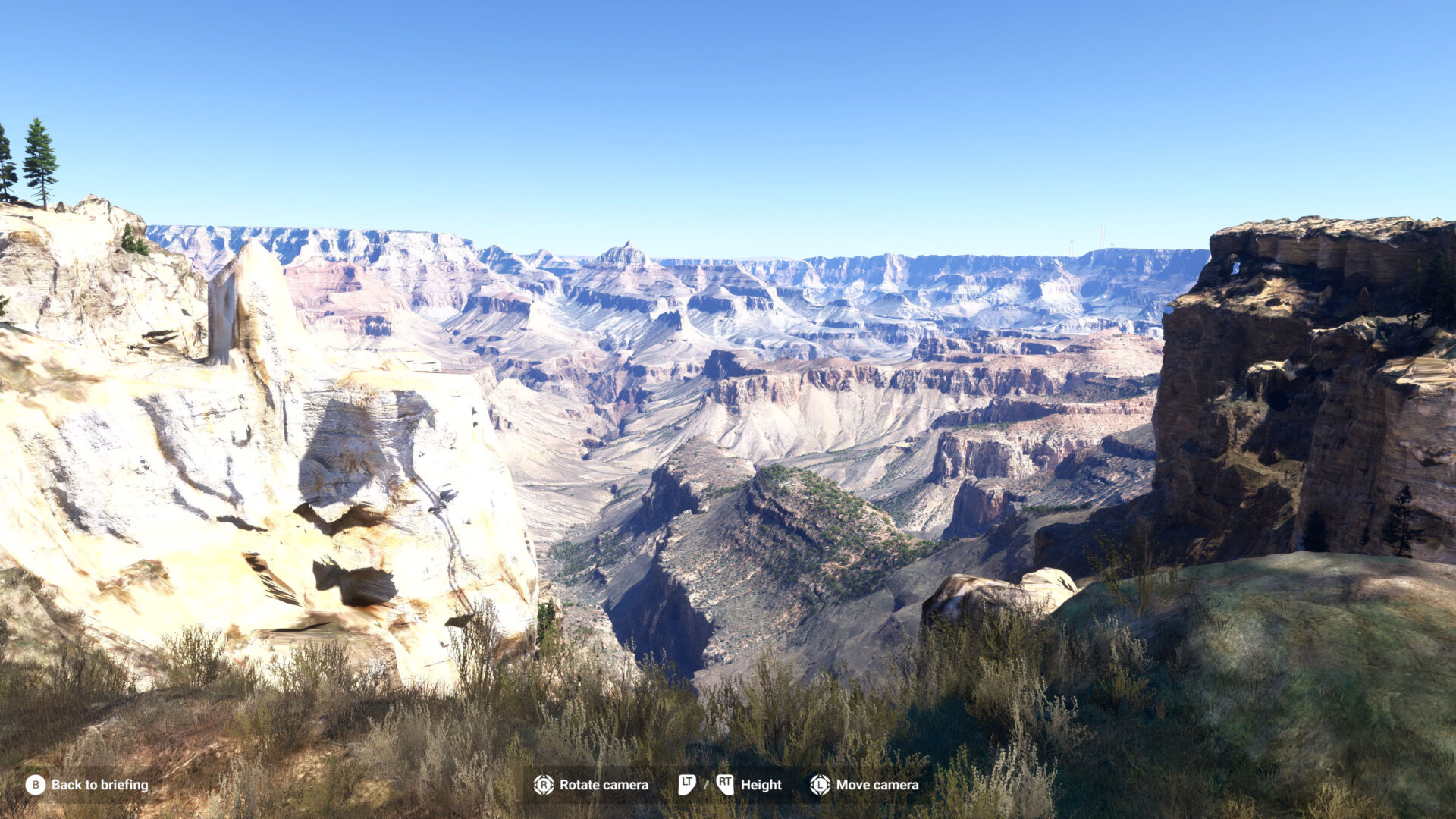
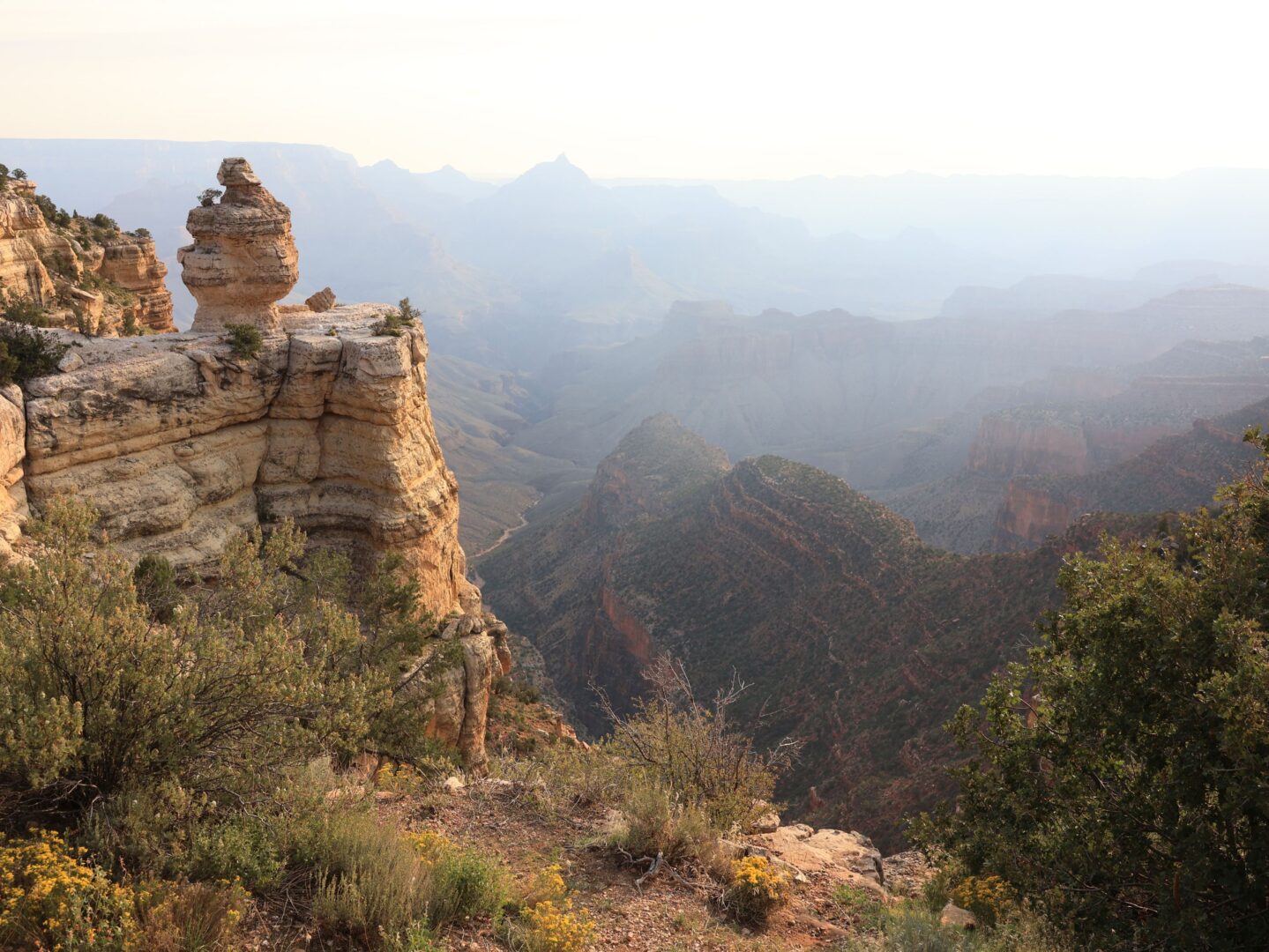
Sweeping changes have also been made to the engine, introducing many different species of 3D trees and foliage that provide much-needed biome diversity depending on the region.
The addition of ground tessellation also means you can expect rocks and soil to look much more realistic as well, while rivers and bodies of water are much more defined and natural-looking.
Microsoft has even placed many more animals where you can expect to see them, going as far as purchasing the models from the developers of Planet Zoo. This is very important as a true Digital Twin isn’t just a static reproduction, but it’s a living and breathing entity based on real-world data.
Some of the changes are perhaps more subtle, but no less important. The lighting engine has been completely overhauled and it looks much more natural. Below you can take a look at a view of Mount Fuji from the opposite shore of Lake Kawaguchi.
Not only can we see that the lighting and colors are much closer to the real world, but check out the difference in detail for the gravel of the beach. It may seem like a small detail, but it enhances immersion massively.
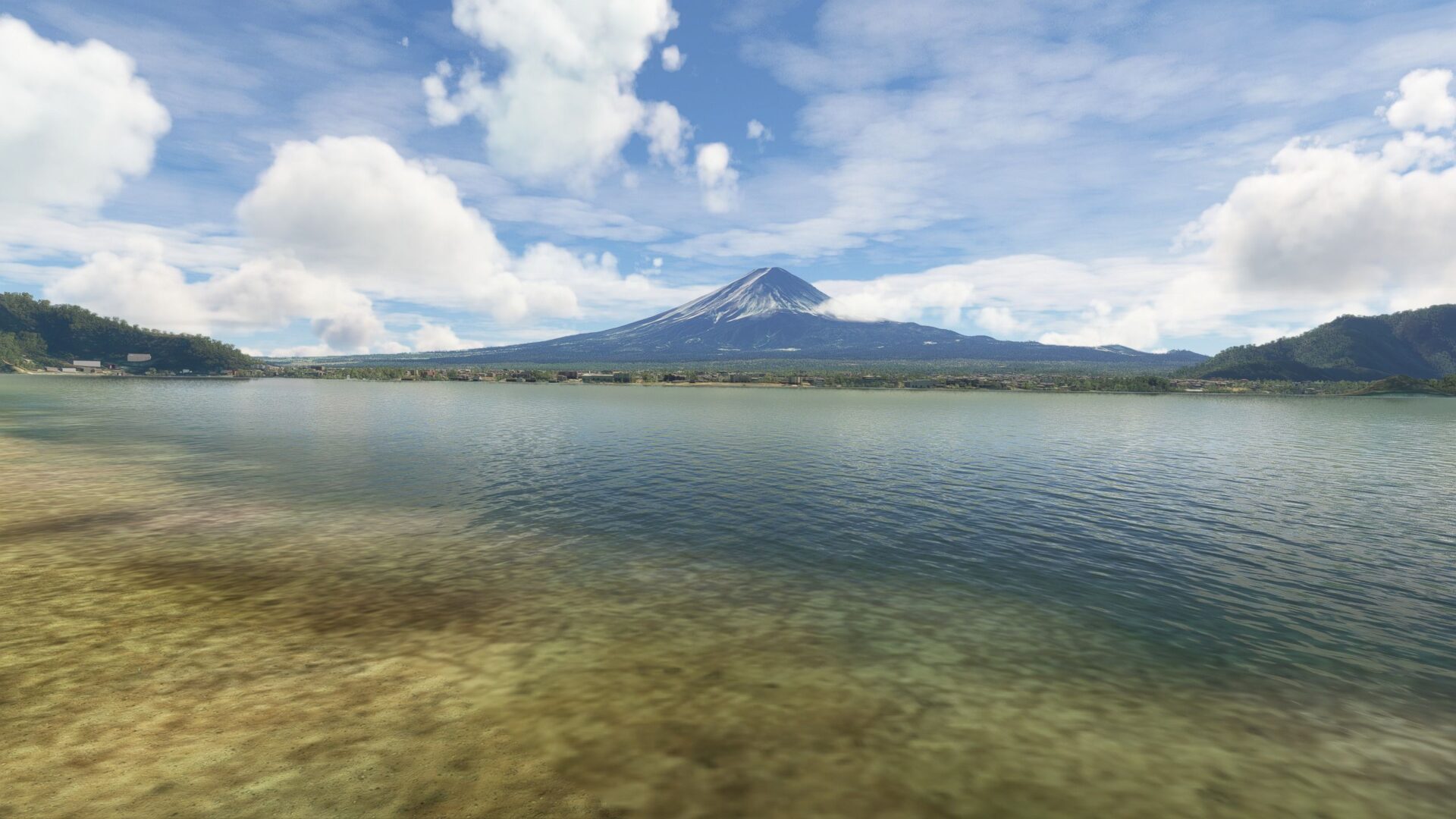

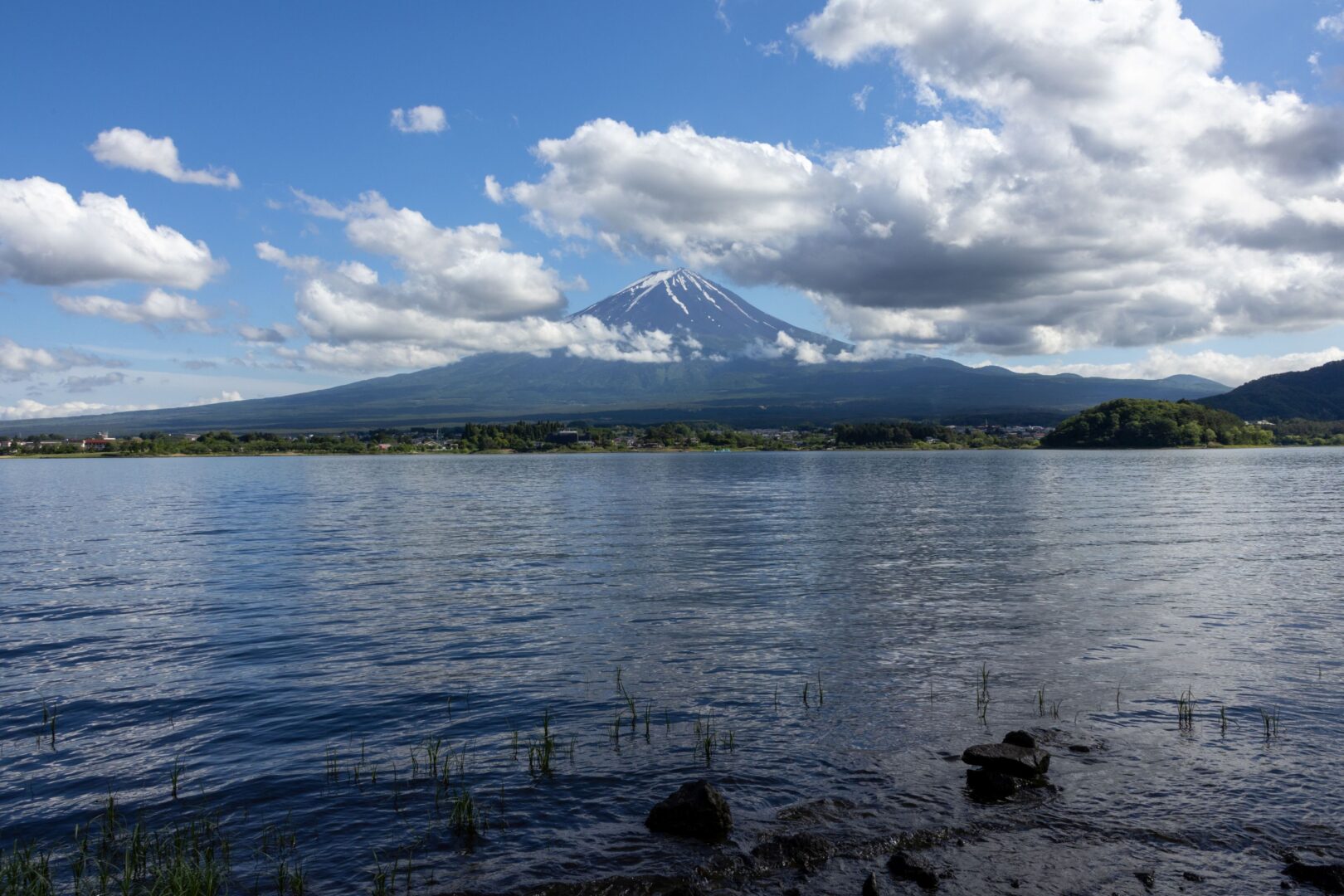
Microsoft Flight Simulator already had dynamic weather and air traffic, albeit these have also been improved considerably in MSFS 20204. The new sim makes the world even more dynamic by adding dynamic shipping traffic, so if you fly over a ship in the simulator, you know there’s one there in the real world as well.
Perhaps the biggest change that makes this Digital Twin even closer to the “living and breathing” paradigm is the addition of seasons. Now the appropriate trees and vegetation will change color depending on the time of the year.
Below you can see how it works as we visit the area around Mount Fuji once again. Can you tell that it’s one of my favorite places?
Of course, the world is also made of people, and a true Digital Twin can’t ignore this critical aspect. Microsoft Flight Simulator 2024 massively enhances the human models you’ll see adding relevant ethnic and cultural diversity to facial features and fashion.
This will be reflected in the locations you visit and even in the passengers you carry.
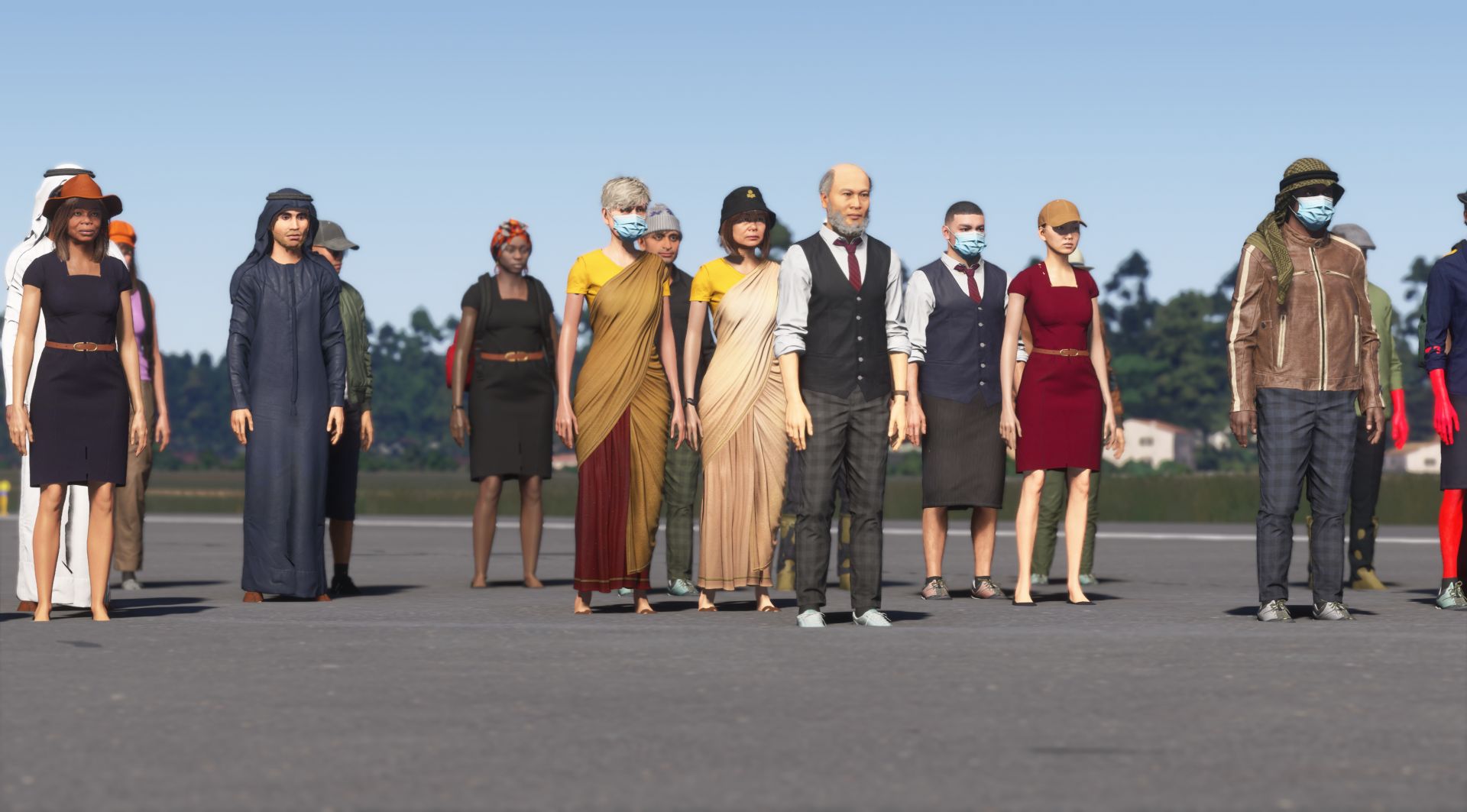
Not all improvements are simply visual. The addition of 3D geometry to the ground makes landing on unprepared terrain much more challenging. Better weather and air traffic simulation also influence the gameplay quite radically.
Another very relevant element that will influence your flights is the reproduction of a massive number of towers and antennas in their exact world location done in collaboration with Orbx and Puffin Flight.
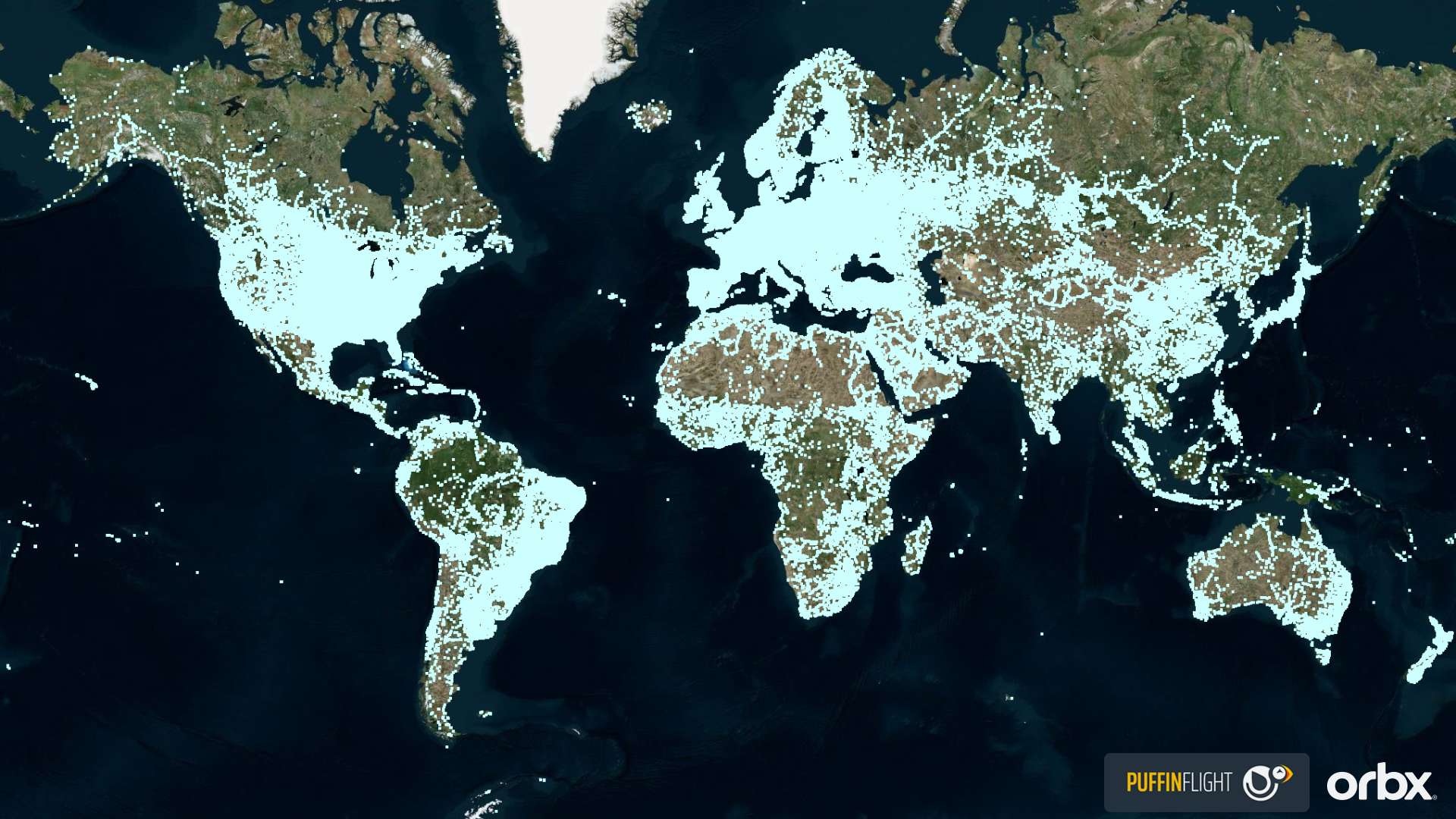
You’ll be able to enjoy all these changes and upgrades when Microsoft Flight Simulator 2024 releases tomorrow, but what about the future?
Considering how the original MSFS was kept updated with impressive regularity, it’s fair to expect that the new sim will receive the same treatment. I can certainly see how more features can be added to further evolve this Digital Twin in the future.
An obvious option is to add more and more TIN photogrammetry for the natural beauties around the world, expanding the precision of the reproduction, but there certainly are more dynamic elements I can think about.
For instance, Microsoft could add trains and even road traffic. This is all data that exists and is consistently updated in one way or the other, so just imagine having to go somewhere and taking a peek at MSFS 2024 to see whether you can expect traffic jams on the road.
Digital Twins are made of data, much of which is dynamic and ever-changing, so I certainly wouldn’t be surprised if Microsoft further evolves its digital version of the planet by loading even more data onto it.
We don’t know how far they’ll manage to go, but one thing is pretty much guaranteed: the future of this specific Digital Twin is definitely exciting.
It’ll likely become a more and more precise reproduction of Earth, and more and more dynamic, and it all starts tomorrow.
If you’d like to read more about Microsoft Flight Simulator 2024, which is coming for both PC and Xbox Series X|S, you can enjoy our hands-on preview with plenty of interesting details for your perusal.
You can also watch our interview with Head of MSFS Jorg Neumann and Asobo CEO Sebastian Wloch, another with Asobo CCO David Dedeine, and one featuring Chris Burnett of Working Title and Brandon Yaeger of Got Friends about their work on MSFS 2024.
Last, but not least, you can take a look at our A-10 flight through the Grand Canyon, our first look at the extensive pilot customization, another at the first mission of the Career Mode, a video featuring the new walk-around move showing off a Boeing 737 MAX up close and personal, and a challenge with the A-10 over the Blue Ridge Mountains.

